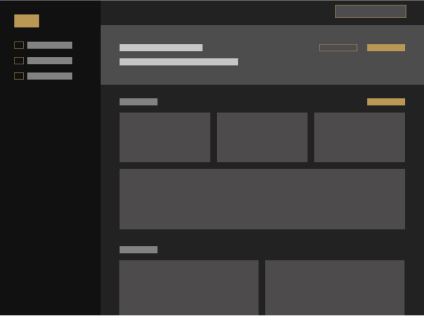Case Study
The Family Office
UX Audit • UX Research • UI Design
Overview
Over the course of two years, my team and I helped modernize The Family Office’s way of business by bringing manual processes online, streamlining onboarding, improving account management, and giving client access into online platforms for web, mobile, and tablet.
Background
The Family Office is an independent wealth management firm serving some of the wealthiest families, individuals and investors in the GCC. They brought in UX Cabin to help manage the UX process and build new applications across their digital product line.
Objectives
Create a premium experience for their clientele
Make a beautiful, seamless application across web, mobile, and tablet
Maintain a cohesive design and user experience across their various products
Strategy
Understand the user’s sensibilities, desires, and core business goal
Create an efficient flow to maximize transparency among client
Provide customized investing plans and opportunities for individual clients
Design
Our goal was to design a beautiful, scalable application that included readable charts and graphs, scannable data, and clear actions for complex workflows.
Principles
Premium, luxurious appearance
Informational UII
Progressive revelation
Clear, digestible information
Process
When approaching new features or products we started with requirements gathering, user data, and research that informed our design decisions.
Wireframes
From there we sketched/wireframed new features, and built existing features using our DLS (Design Language System)
High Fidelity Designs
From there we took wireframed designs to high fidelity mockups. In most cases these included mockups for mobile, tablet, and desktop.
Developer Handoff
We worked tirelessly to communicate each screen and feature explicitly so that it took out all guesswork from developers. This includes:
Dev notes
Release comments
Explanation of functionality
Links to user stories
Design QA
Throughout the product development lifecycle we would routinely QA applications to make sure they matched design intent and functionality of the DLS.
This is a core aspect in our approach as it takes many hands to ensure designs are implement correctly
User Testing Adjustments
During design releases and after launch we worked hand-in-hand with UX researchers to modify and improve existing design features through interviews, research, and user testing.
Results
A cohesive design system that applies to 2 products and 2 platforms
Increased online deals
Digitizing 4 manual processes to improve efficiency, rework, manual entry












